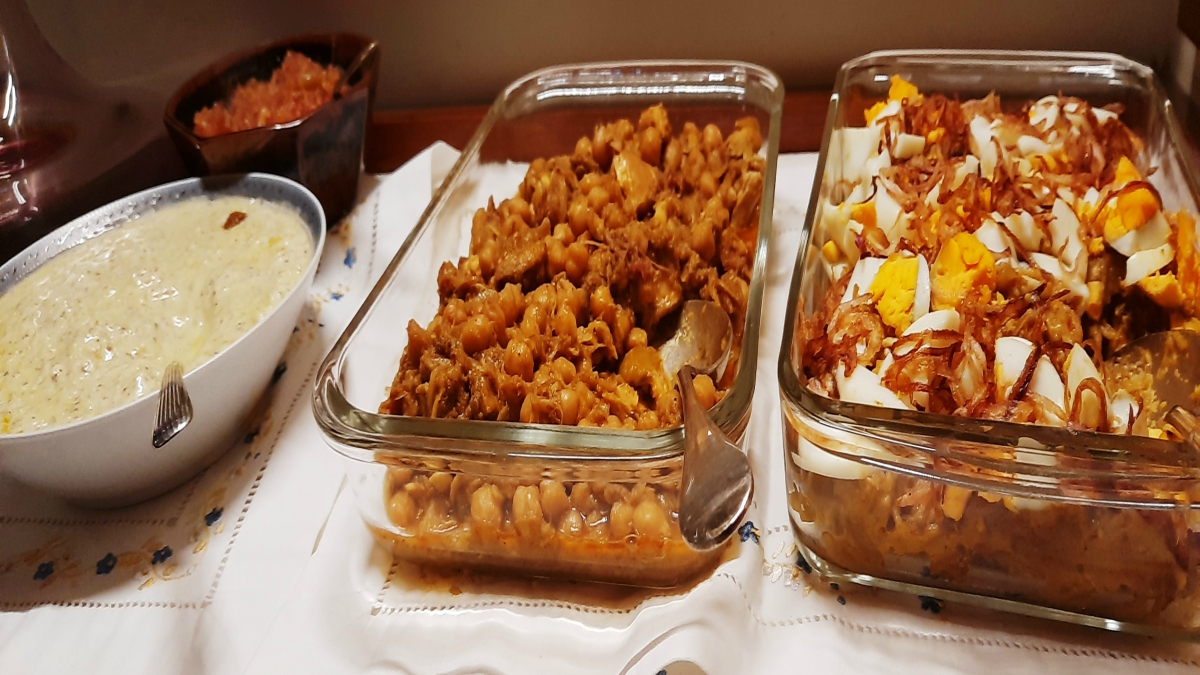


In my last column, I had shared my excitement about being invited to a dinner where the writer and restaurateur Pritha Sen would recreate the recipes originally given in what is believed to be India’s first printed cookbook, Pakrajeshwar. Written and published by a printer and journalist Gaurishankar Bhattacharyya in Calcutta in 1831, with funding from Maharaja Mahtab Chand of the Burdwan royal family, Pakrajeshwar left its readers unhappy because of its complex language and fuzzy instructions.
The Maharaja therefore decided to have it re-written and republished under the title Byanjan Ratnakar (The Jeweller of Food) in 1858, entirely for private circulation. Interestingly, fish, the Bengali favourite, makes an occasional appearance in the cookbook, but recipes with meats more than make up for this shortfall, albeit without potatoes, onions and tomatoes.
Sen did not deviate from the original and we had quite a feast with three dishes that took me by surprise— first, a tahiri with smallgrained rice, boneless mutton and (surprise, surprise!) the very Punjabi moong dal vadis—obviously, a leftover of the Punjabi origins of the Burdwan royal family; second, spring chickens (in the absence of jungle fowl or duck) cooked with chickpeas; and third, baigan bharta loaded with boiled eggs, paneer and caramelised onions. In this delectable procession, even the mustard-doused alabur (lauki) raita stood out, and of course, the freshwarter rohu shirazi was the one that left us oohing-aahing forever.